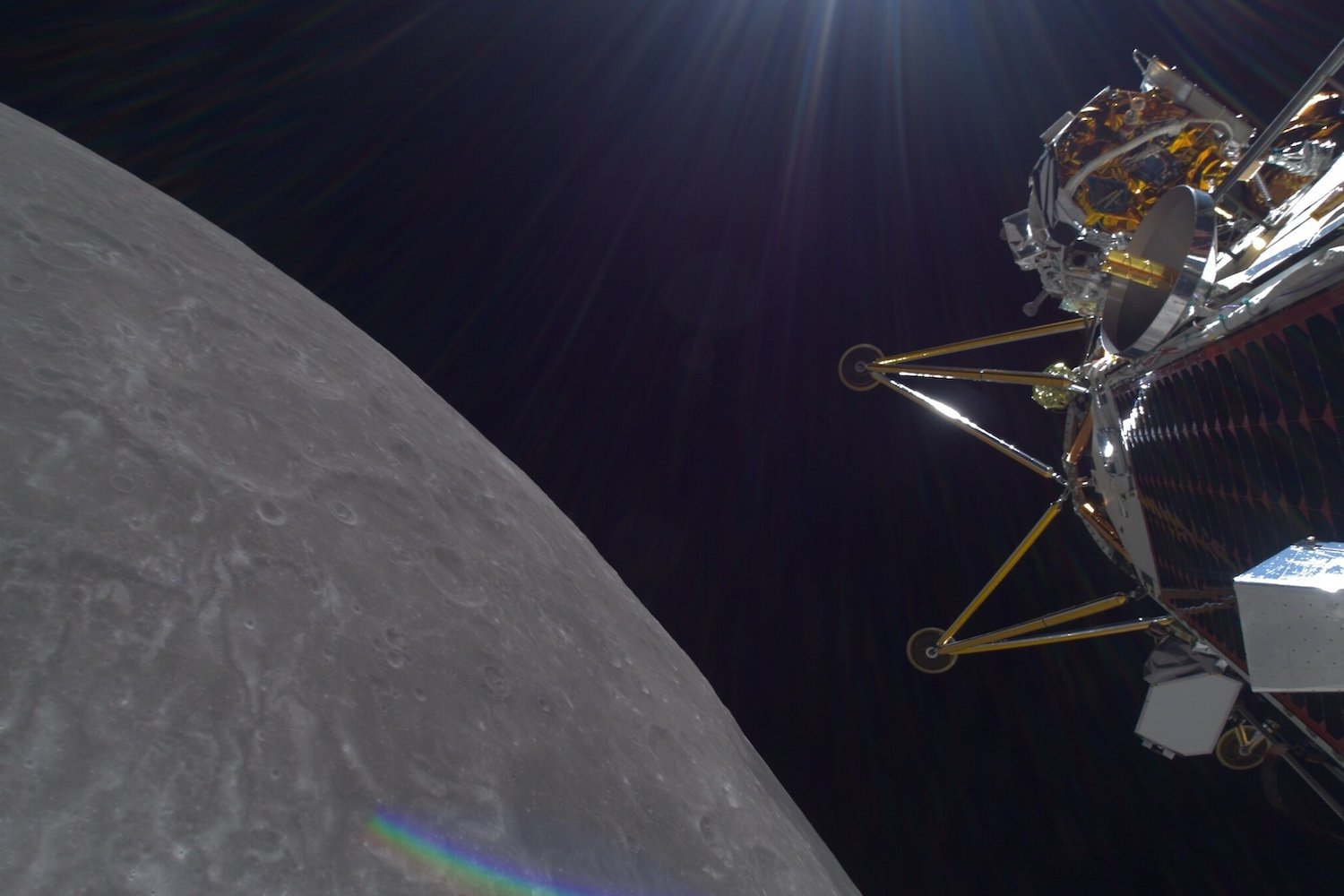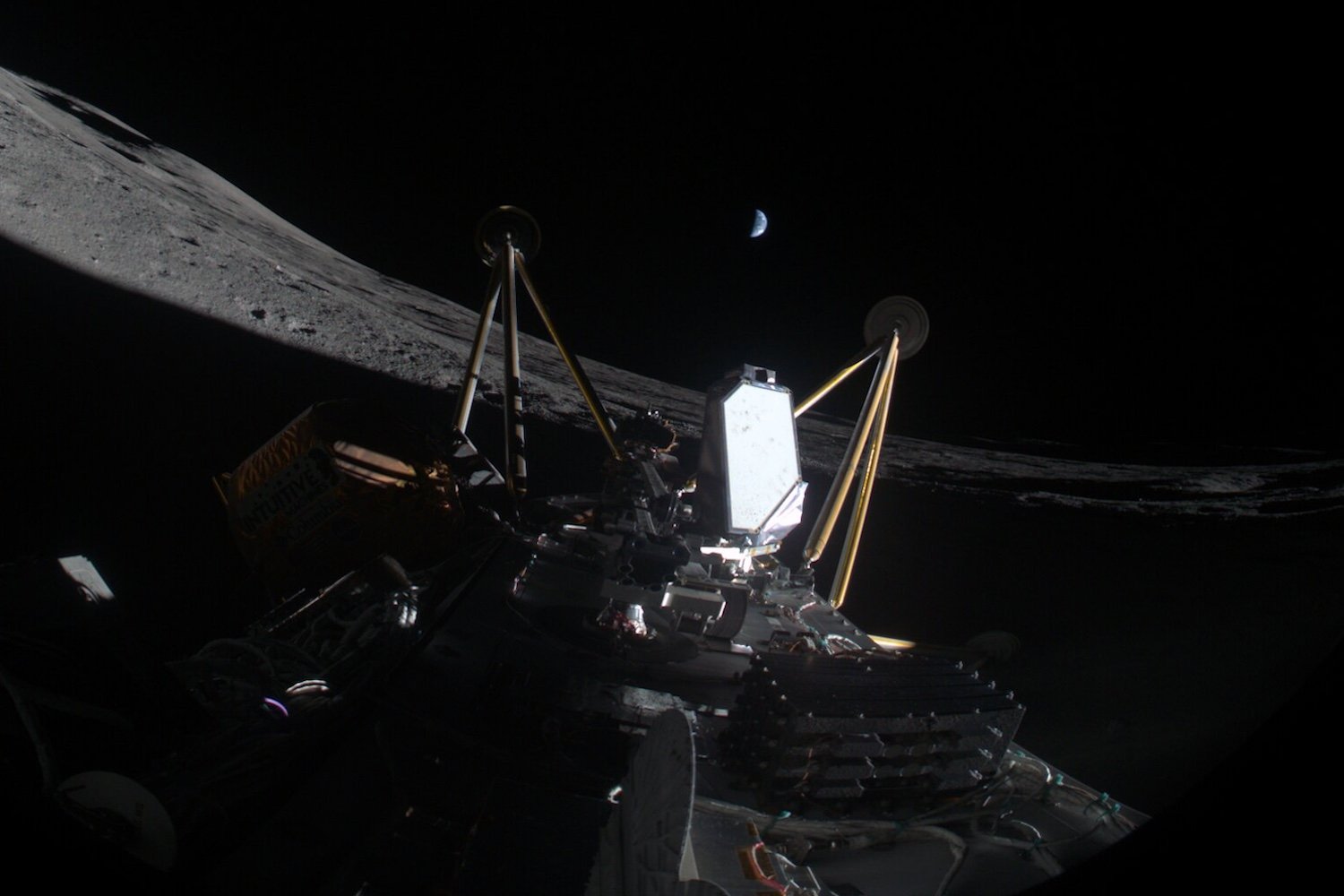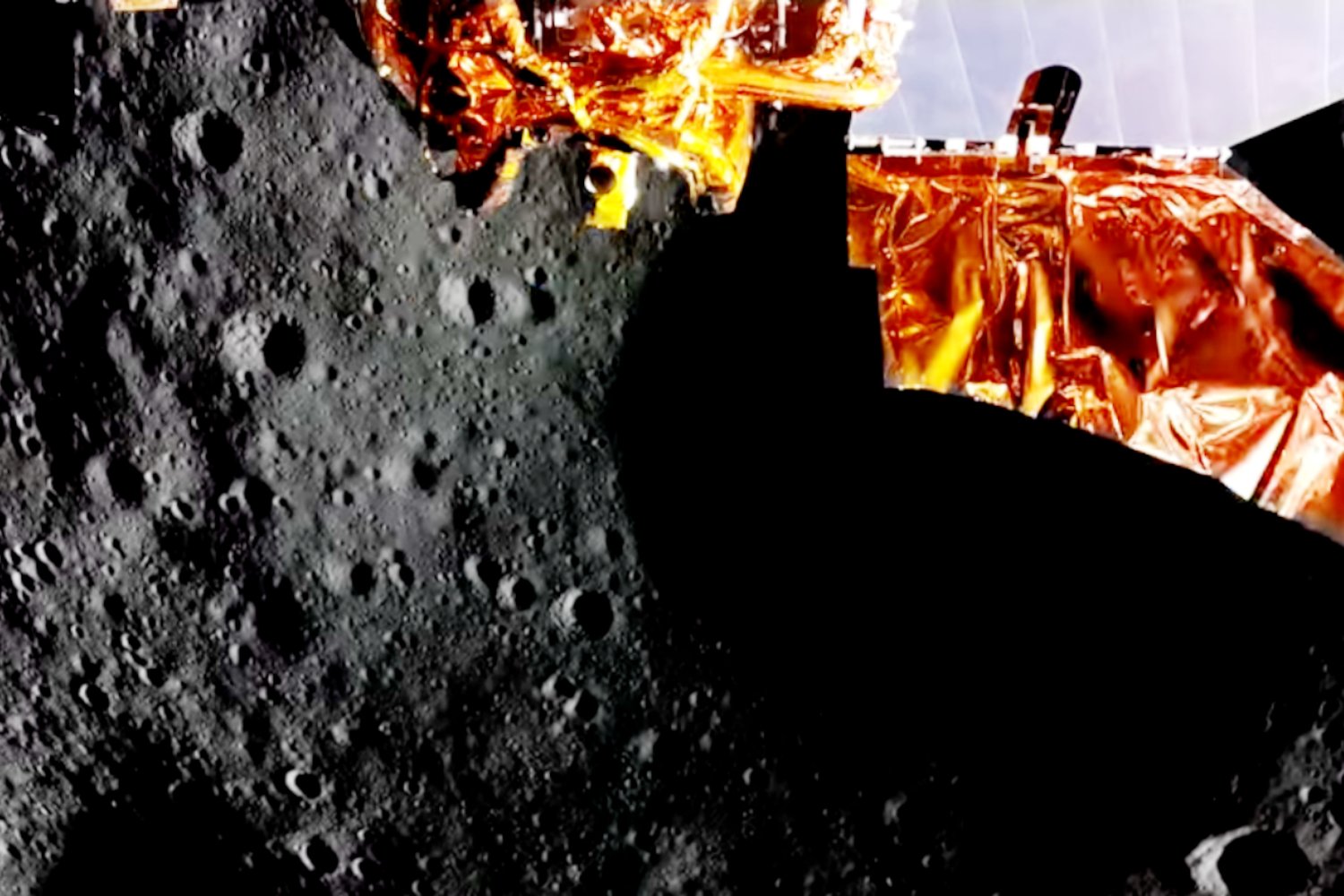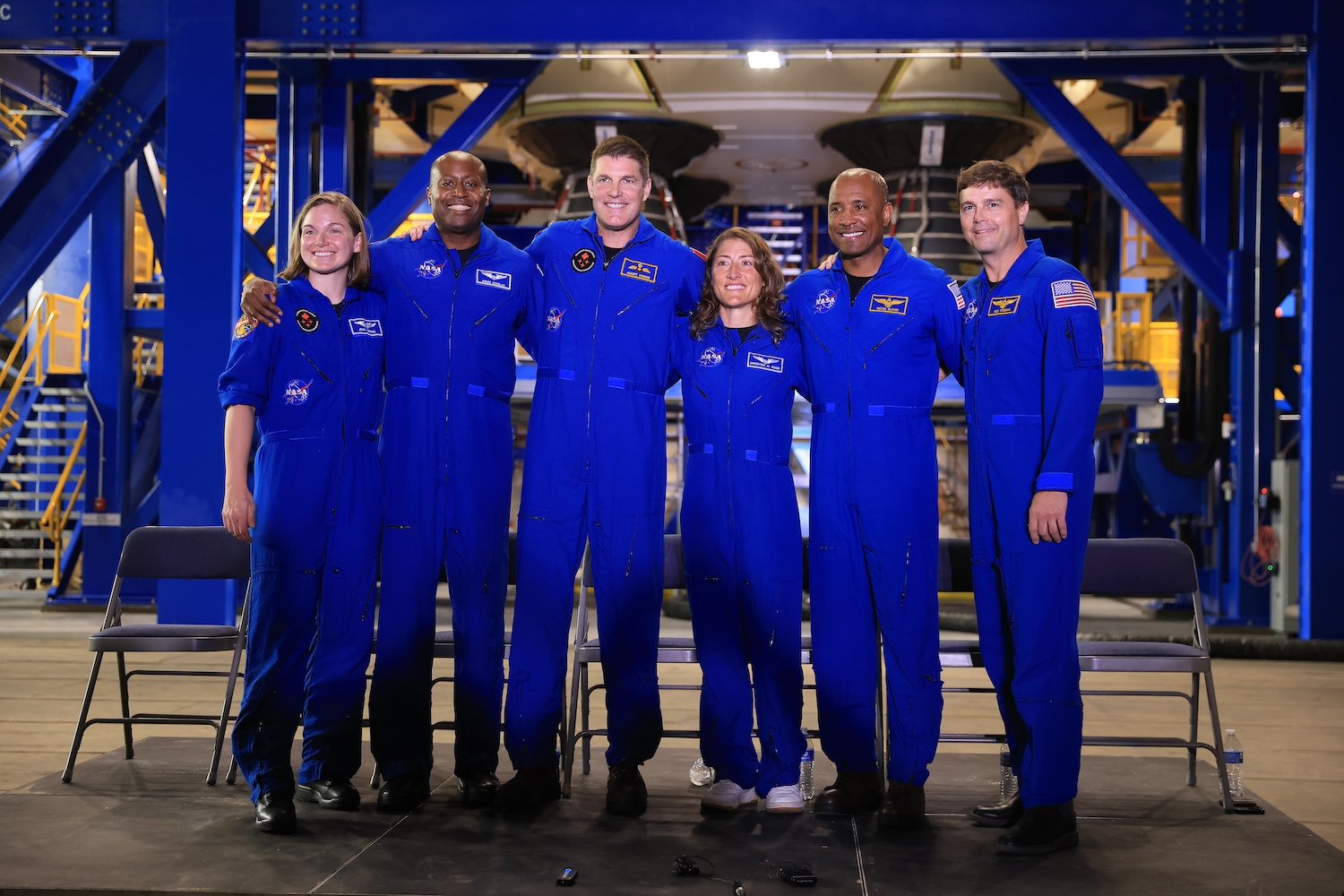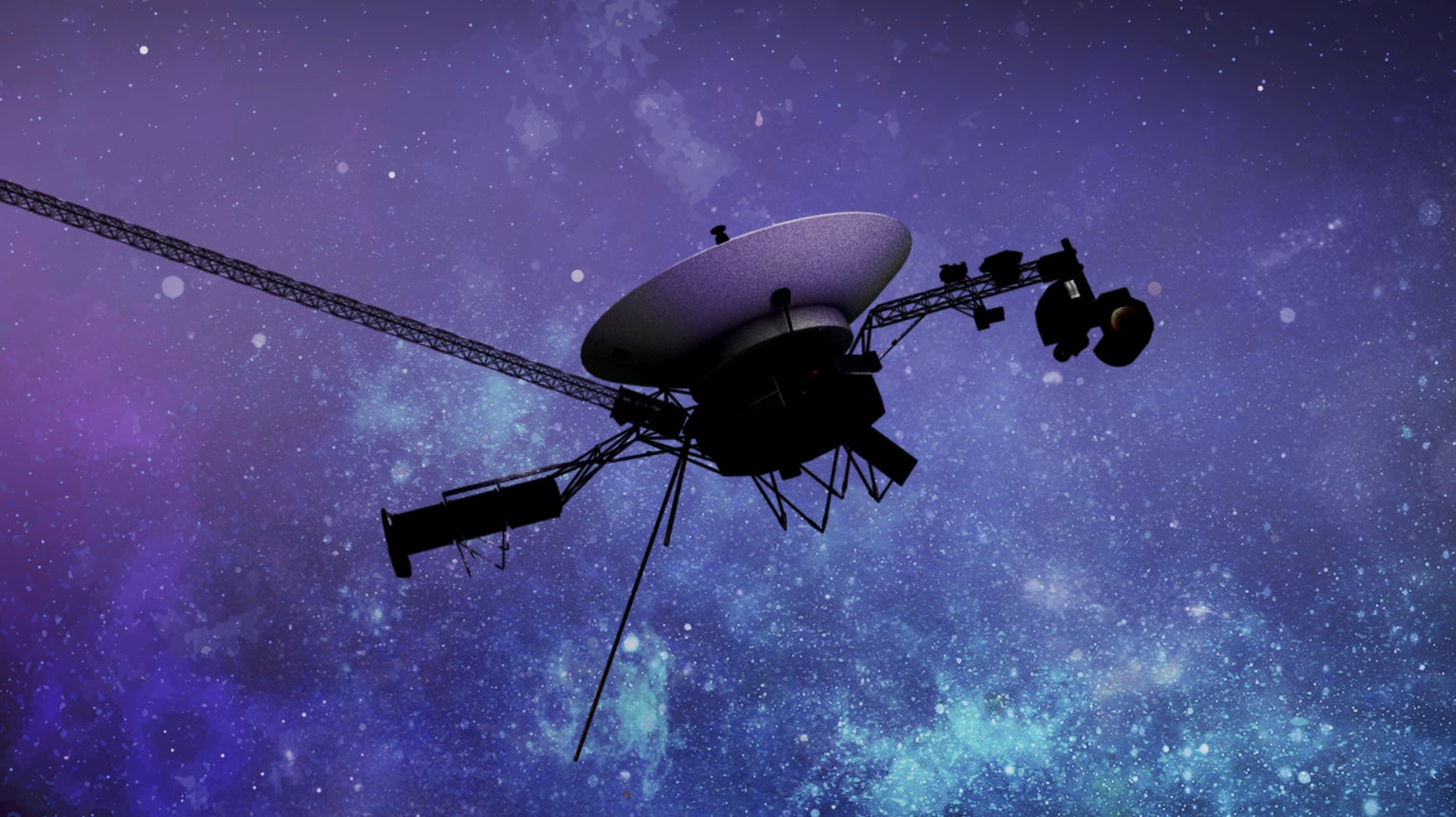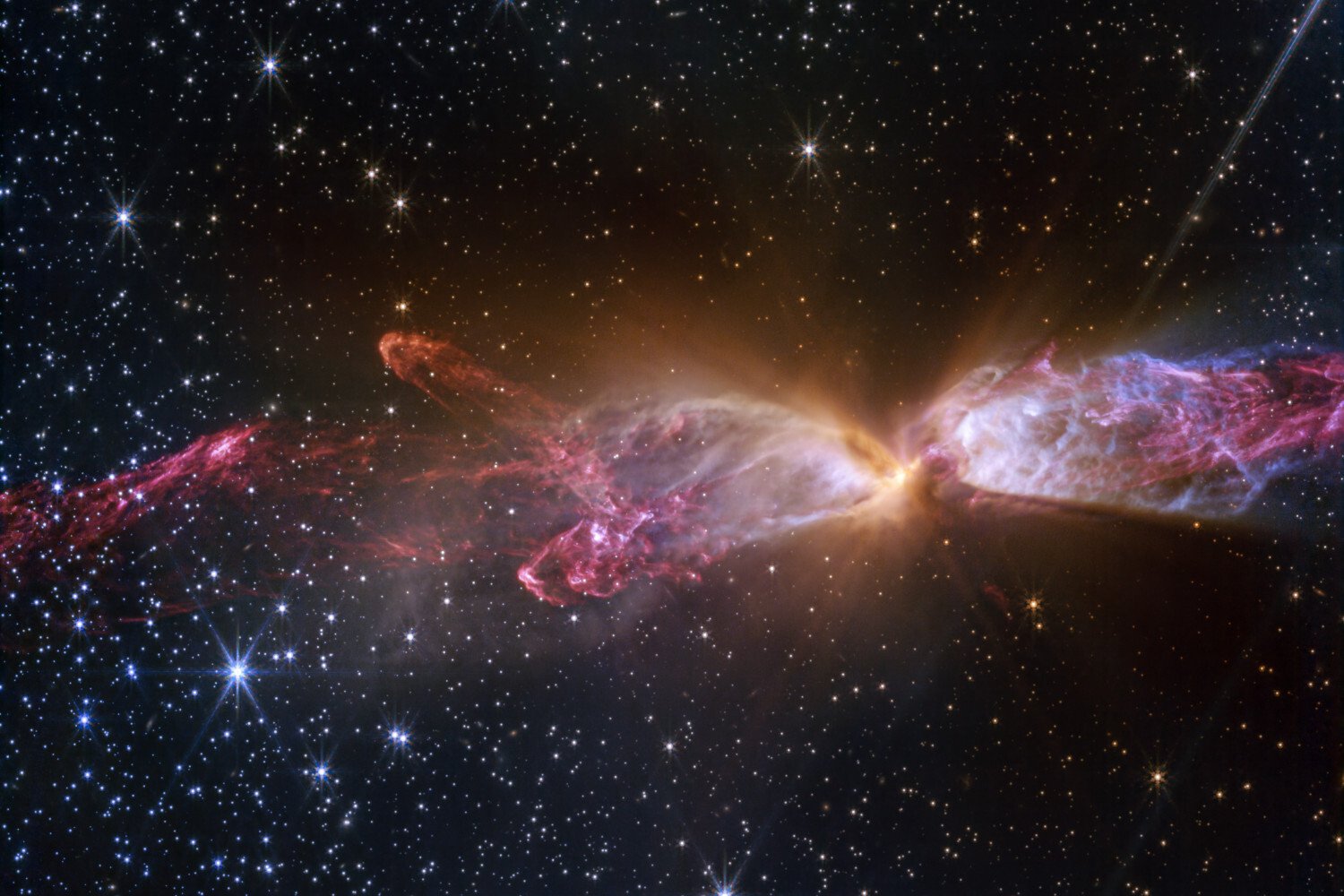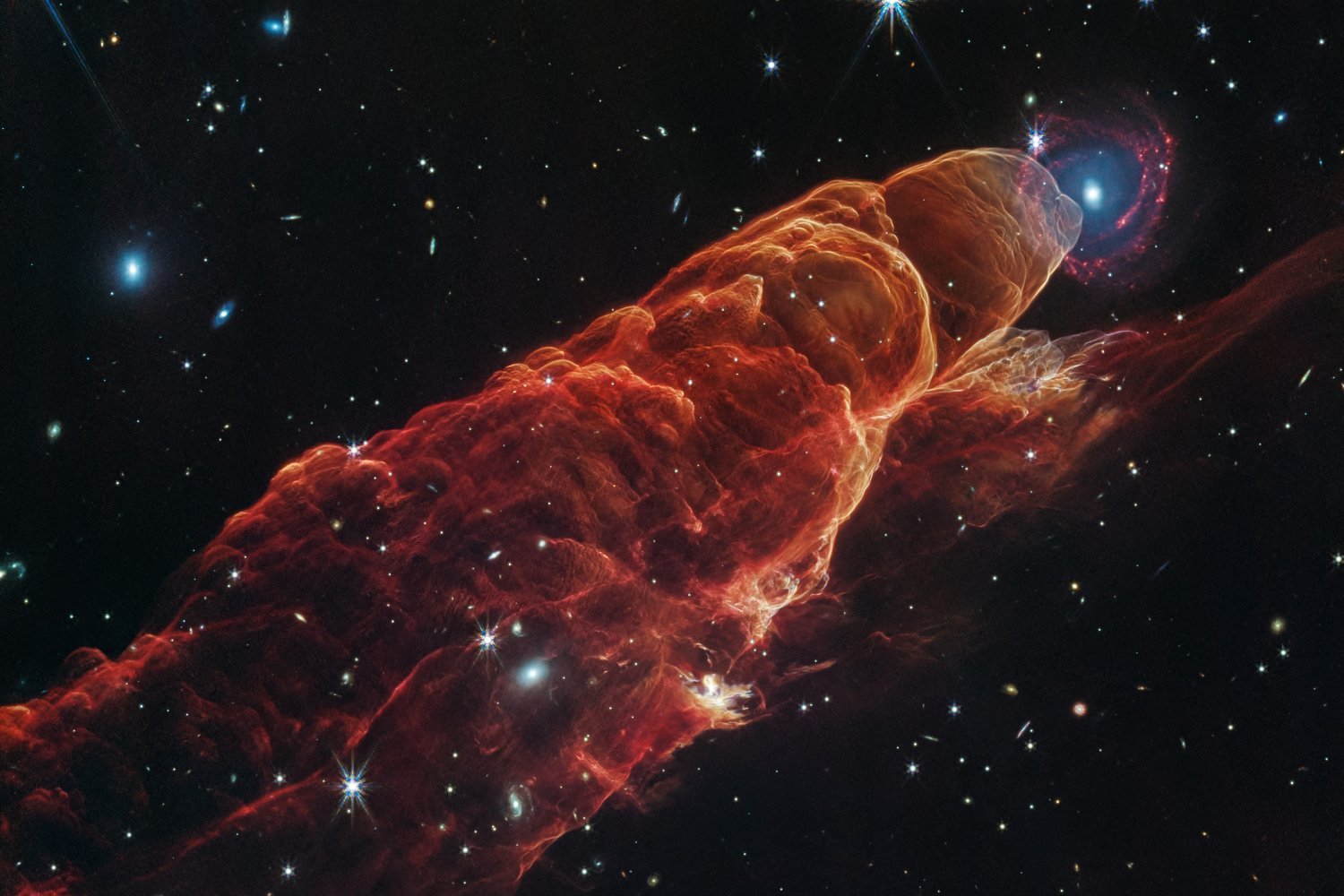Intuitive Machines, the first private company to land on the Moon, is preparing for a second lunar landing attempt. Scheduled for Thursday at 12:32 p.m. ET, the Nova-C lunar lander, named Athena, will target a landing near the Moon’s south pole in Mons Mouton, a lunar plateau. This mission is part of NASA’s Commercial Lunar Payload Services (CLPS) program. The landing attempt will be livestreamed on Intuitive Machines’ IM-2 mission page, NASA+, and various other platforms. The livestream begins at 11:30 a.m. ET.
Athena’s Mission and Payload
Launched on February 26 aboard a SpaceX Falcon 9 rocket, Athena carries a suite of NASA instruments and tools. These are designed to investigate lunar resources and pave the way for a sustainable human presence on the Moon. Key instruments include the Polar Resources Ice Mining Experiment-1 (PRIME-1), which uses a drill and mass spectrometer to search for water ice beneath the lunar surface. Additionally, the lander carries Grace, a Micro-Nova hopping robot designed to explore nearby craters.
Athena also deploys the Nokia Lunar Surface Communications System, a cellular network intended to connect the lander with a Lunar Outpost rover and the Micro-Nova hopper. This communication system is a crucial step in establishing a robust infrastructure for future lunar missions.
Lunar Orbit and Landing Procedure
Having entered lunar orbit on Monday, Athena is currently circling the Moon every two hours, awaiting sunrise at the landing site to power its surface operations. The landing process involves a descent trajectory burn to adjust Athena’s orbit and direct it towards the designated landing zone. From there, the lander will autonomously navigate to the lunar surface.
A Second Chance at a Smooth Landing
This isn’t Intuitive Machines’ first lunar rodeo. In February 2024, the company’s first lander, Odysseus (Athena’s namesake in Greek mythology), successfully reached the Moon, but tipped over after landing. While the landing was less than perfect, it marked a historic achievement for private lunar exploration.
A New Era of Lunar Exploration
Intuitive Machines’ second attempt comes amidst a surge in commercial lunar missions. Firefly Aerospace recently achieved a soft landing with its Blue Ghost mission, also part of NASA’s CLPS program. Additionally, the Japanese company ispace’s Resilience lander, launched on the same rocket as Blue Ghost, is scheduled for a lunar landing in April.
Preparing for Artemis
This wave of commercial activity sets the stage for NASA’s Artemis missions, which aim to return humans to the Moon, starting next year. With the lunar surface becoming increasingly active, Intuitive Machines’ endeavors represent a crucial step towards establishing a sustained human presence on the Moon.
Conclusion
The upcoming landing attempt by Intuitive Machines marks another significant milestone in the burgeoning field of commercial lunar exploration. The success of Athena’s mission could significantly advance our understanding of lunar resources and contribute to the development of technologies necessary for future human exploration. This is an exciting time for space exploration, and the world will be watching as Athena attempts its descent to the lunar south pole.



